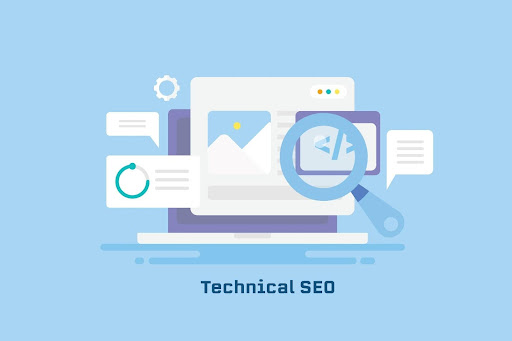The Role of Technical Auditing in Optimizing Your Website

Performing routine technical SEO audits on your website is crucial for its success in today’s digital realm. Simply possessing a website is not sufficient to guarantee its viability. In order to ensure optimal website performance, elevated rankings, and enhanced user experience, it is necessary to regularly scrutinize the code, structure, and other technical components of your website. Technical SEO audits are designed to identify and rectify any issues that may be impeding website performance. In this article, we will examine the importance of technical auditing and how it can facilitate the optimization of your website.
What is Technical Auditing?
Technical auditing involves a comprehensive analysis of your website’s technical aspects to ensure it’s performing at its best. This includes analyzing your website’s code, structure, security, speed, and other technical aspects that may affect its performance. The goal of technical auditing is to identify any issues that may be hindering your website’s performance and to provide recommendations on how to fix them. Technical SEO audits can be performed manually or with the help of various tools and software.
The Importance of Technical Auditing
There are several reasons why technical auditing is important for your website:
- Improved User Experience
Technical auditing can help identify any issues that may be affecting your website’s user experience. For example, if your website is slow to load, visitors may become frustrated and leave your website before they have a chance to engage with your content. By identifying and fixing issues that affect user experience, you can improve user engagement and reduce bounce rates.
- Higher Rankings
Search engines such as Google use various algorithms to rank websites based on their relevance, authority, and user experience. Technical auditing can help identify any issues that may be affecting your website’s ranking on search engine results pages (SERPs). By fixing these issues, you can improve your website’s visibility and increase your chances of ranking higher on SERPs.
- Increased Website Traffic
Improving your website’s performance and ranking on SERPs can lead to increased website traffic. By optimizing your website through technical auditing, you can attract more visitors to your website and potentially increase your sales or conversions.
How to Perform a Technical SEO Audit
Performing a technical SEO audit can be a complex and time-consuming process, but it’s essential for optimizing your website’s performance. Here are some steps to help you perform a technical SEO audit:
- Analyze Your Website’s Code
Start by analyzing your website’s code to ensure it’s clean, efficient, and properly structured. This includes checking for HTML and CSS errors, broken links, and other issues that may affect your website’s performance.
- Check Your Website’s Security
Security is a crucial aspect of any website. Ensure that your website has a valid SSL certificate, is protected against malware and other online threats, and follows best practices for secure data storage.
- Analyze Your Website’s Speed
Website speed is an important factor for both user experience and search engine ranking. Use tools such as Google PageSpeed Insights to analyze your website’s speed and identify any issues that may be slowing it down.
- Check Your Website’s Structure
Your website’s structure plays a significant role in its performance and user experience. Check for issues such as broken links, duplicate content, and improper use of header tags.
- Review Your Website’s Content
Finally, review your website’s content to ensure its high quality, relevant, and optimized for search engines. Check for issues such as keyword stuffing, duplicate content, and poor grammar and spelling.
In conclusion, technical auditing is an essential aspect of website optimization. By regularly performing technical SEO audits, you can identify and fix any issues that may be hindering your website’s performance, user experience, and search engine ranking. Technical SEO audits can be complex, but by following the steps outlined above and utilizing various tools and software, you can ensure your website is performing at its best.

